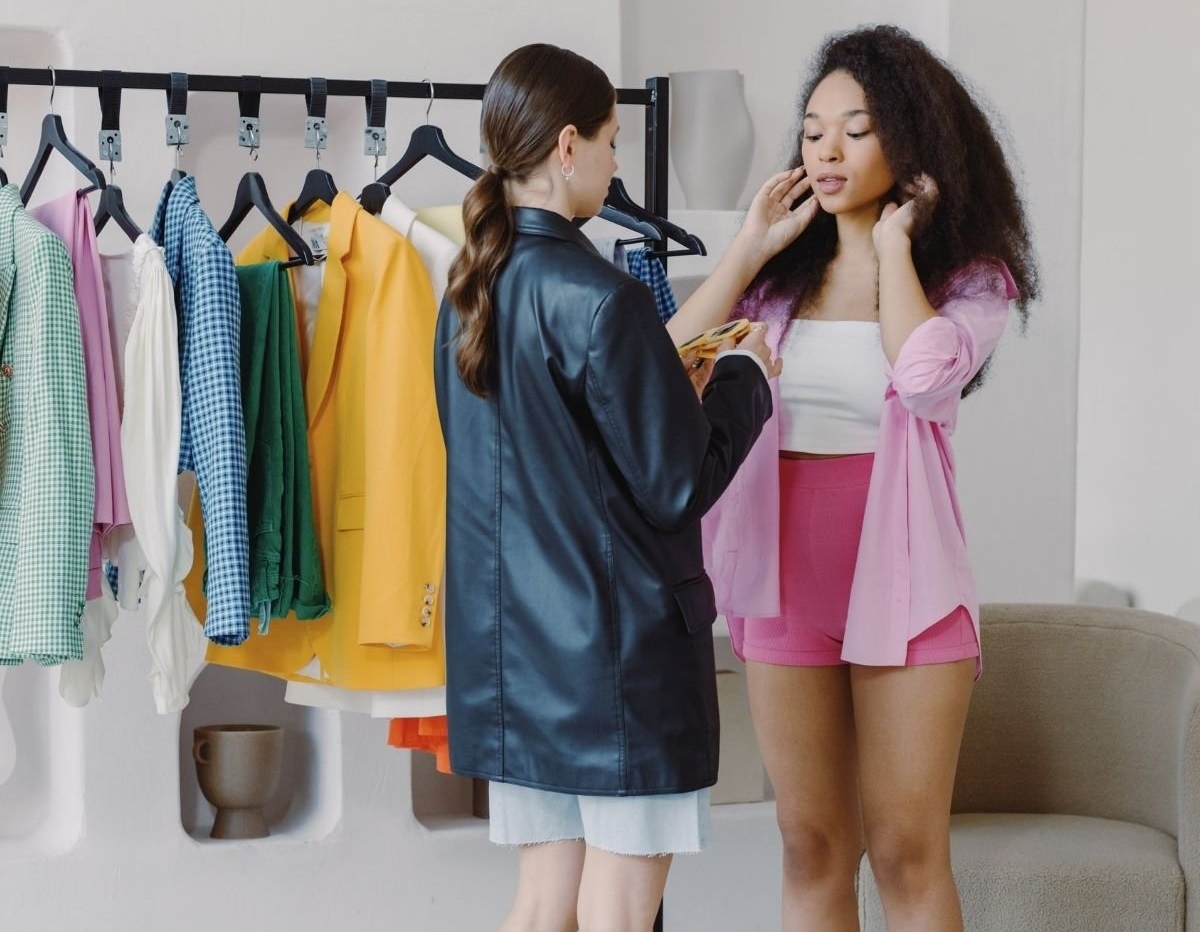
Fast fashion's grip on the clothing industry may be loosening, as a growing movement – slow fashion – takes root. Fast fashion, with its emphasis on cheap, trendy clothes and frequent turnovers, has dominated for decades. However, a growing awareness of its environmental and social costs has led to the rise of slow fashion – a movement promoting ethical production, quality garments, and mindful consumption.
The rise of slow fashion, a measured emergence
Data suggests slow fashion is gaining traction. A Global Fashion Agenda 2022 Pulse Survey revealed that 63 per cent of fashion executives believe sustainability will be a key competitive differentiator within the next three years. This shift is driven by a growing consumer base concerned about the environmental and ethical impact of fast fashion. A McKinsey & Company report: states that 60 per cent of millennials are willing to pay a premium for sustainable products. . The rise of resale platforms like ThredUp (reportedly valued at $1 billion in 2021) and Patagonia's worn wear program further highlight a shift in consumer behavior.
Growth drivers: Ethics, environment in focus
Several factors fuel slow fashion's rise. Ethical concerns about garment worker rights and fair wages are a major motivator. The Rana Plaza garment factory collapse in 2013 tragically highlighted the dangers of fast fashion's exploitative practices. Exploitative labor practices in fast-fashion factories have been exposed, pushing consumers towards brands committed to fair wages and safe working conditions. Environmental consciousness is another key driver. A 2020 McKinsey report estimates the fashion industry is responsible for 10 per cent of global carbon emissions. Consumers, particularly millennials and Gen Z, are increasingly concerned about sustainability and are seeking eco-conscious alternatives. Patagonia, a leading outdoor apparel brand, exemplifies this shift. The company prioritizes recycled materials and encourages customers to repair worn-out gear, fostering a culture of mindful consumption. Also, slow fashion emphasizes well-made, timeless pieces that last longer, appealing to those seeking value over fleeting trends.
Challenges in slow fashion's growth
Despite its momentum, slow fashion faces hurdles. Higher production costs due to quality materials and ethical labor practices can translate to steeper price tags making it less accessible to budget-conscious consumers. Transparency throughout the supply chain is another challenge. Consumers need clear information about a garment's origin and production process to make informed choices. While awareness is growing, many consumers remain unfamiliar with slow fashion options or struggle to differentiate between genuine and performative sustainability efforts by brands. Moreover, fast fashion's dominance, aggressive marketing strategies, and convenience still pose a significant challenge.
The embrace of slow fashion varies geographically. Europe, particularly Germany and Scandinavia, leads the way, driven by strong consumer awareness and government regulations promoting sustainability. North America shows promise, with a growing market for eco-conscious brands. As per Grand View Research, the US market projected to reach $25.2 billion by 2025. However, regions like South Asia, where fast fashion's affordability holds strong appeal, may take longer to adapt. A growing middle class and rising awareness of environmental issues could lead to a shift in these regions.
Segment wise, luxury and premium have a higher profit margin, allowing brands to invest in sustainability initiatives more readily. Consumers in these segments are also more likely to prioritize ethical and environmental factors. The value segment presents the biggest challenge. While some affordable slow fashion brands exist, convincing budget-conscious consumers to pay a premium for sustainable clothing requires a shift in mindset and potentially, government incentives.
Womenswear has traditionally been a bigger driver of fashion trends, making it a natural leader in slow fashion adoption. Menswear and kidswear sectors are showing slower growth, possibly due to a more traditional focus on functionality and durability, which slow fashion inherently promotes. However, there's growing interest in sustainable options for these segments as well.
The future of slow fashion is promising. As environmental concerns escalate and consumer awareness grows, slow fashion is expected to continue its upward trajectory. Technological advancements in sustainable materials and production processes, coupled with government support and increased industry transparency, can further accelerate this growth. However, bridging the price gap and effectively communicating the value proposition of slow fashion remain key challenges.












